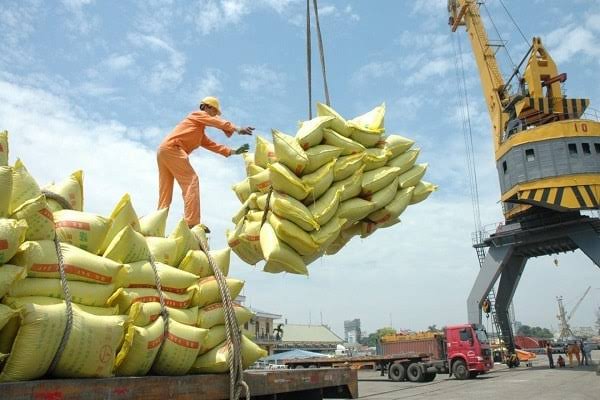Indian wheat prices soared to a record high on Monday, driven by dwindling supplies and strong demand from flour mills struggling to operate at full capacity. Industry officials shared these insights with Reuters.
Inflation and Economic Implications
The surge in wheat prices is expected to push retail inflation higher. While inflation had eased in November after hitting a 14-month peak in October, this price rise could influence the central bank’s decision on future interest rate cuts.
Flour Mills Face Supply Shortages
“Wheat supplies are limited in the market. Even after paying record prices, flour mills are unable to secure enough to operate at full capacity,” said Ajay Goyal, Managing Director of Shivaji Roller Flour Mills.
Government Measures Fall Short
In December, the government reduced the stock limits on wheat for traders and millers to increase availability and stabilize prices. However, prices have remained high, trading at around Rs 33,000 ($384.66) per metric ton in New Delhi. This is a significant jump from Rs 24,500 in April and far above the government’s minimum support price (MSP) of Rs 22,750 for last season’s crop.
Despite these efforts, supply constraints persist. “Private players are holding limited stocks, and the government needs to sell more wheat from its reserves to bulk consumers,” said Pramod Kumar, a flour miller.
Limited Impact of FCI’s Sales
The Food Corporation of India (FCI) has been selling 100,000 metric tons of wheat to bulk consumers every week. However, this quantity is insufficient to meet the high demand, especially as private players’ sales continue to decline. In November, the government announced plans to sell 2.5 million tons of wheat from state reserves by March 2025. This is significantly lower than the nearly 10 million tons sold in the previous season.
A New Delhi-based dealer from a global trade house noted that FCI’s limited surplus wheat prevents it from releasing additional quantities to the market.
Declining Wheat Stocks
State warehouse stocks stood at 20.6 million tons at the beginning of December, slightly above last year’s 19.2 million tons. However, this is well below the five-year average of 29.5 million tons, reflecting the ongoing supply crunch.
Looking Ahead
The combination of high prices and limited supplies highlights the urgent need for stronger policy measures. Increasing sales from government reserves and improving distribution mechanisms could help stabilize wheat prices, support flour mills, and manage inflationary pressures more effectively.










